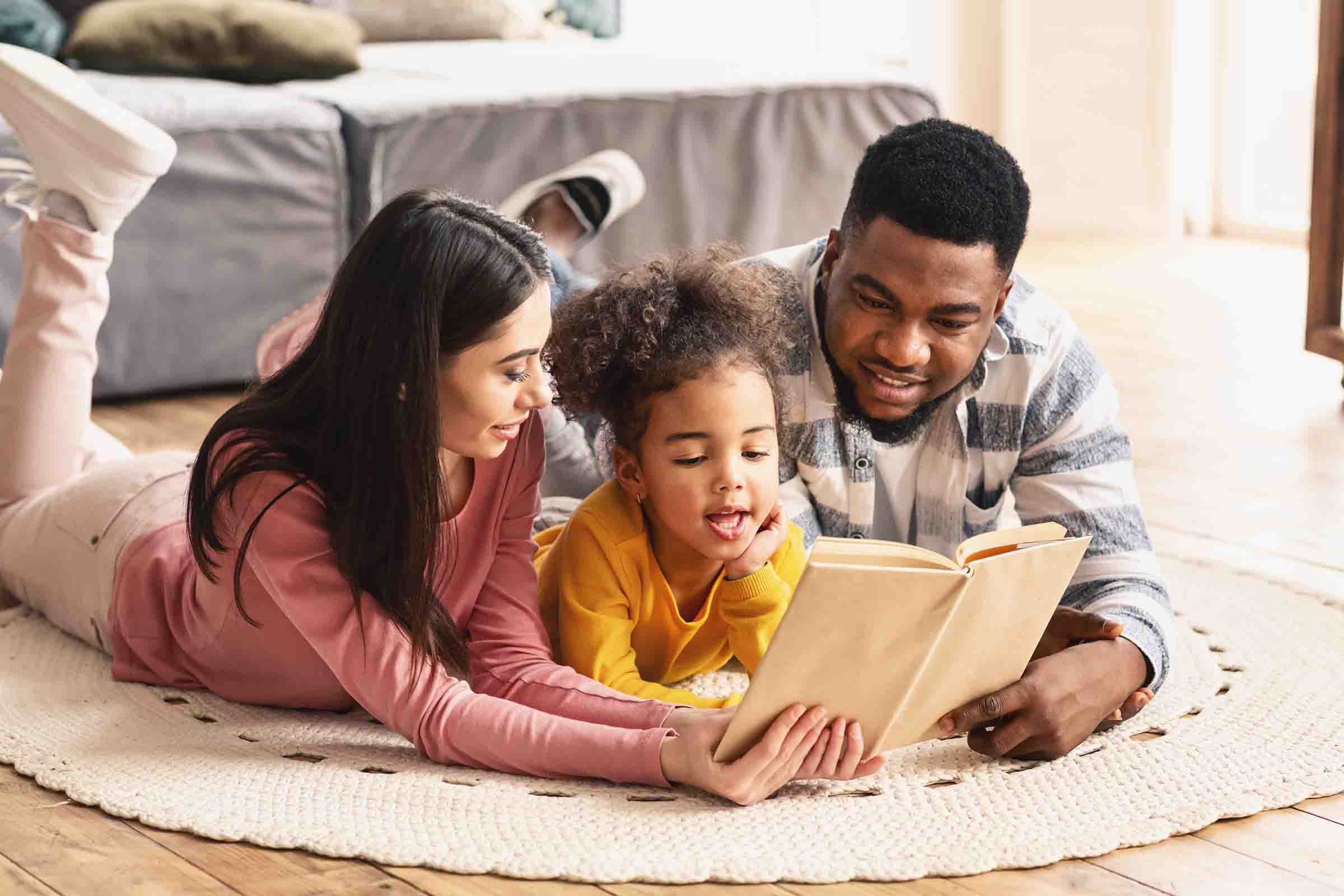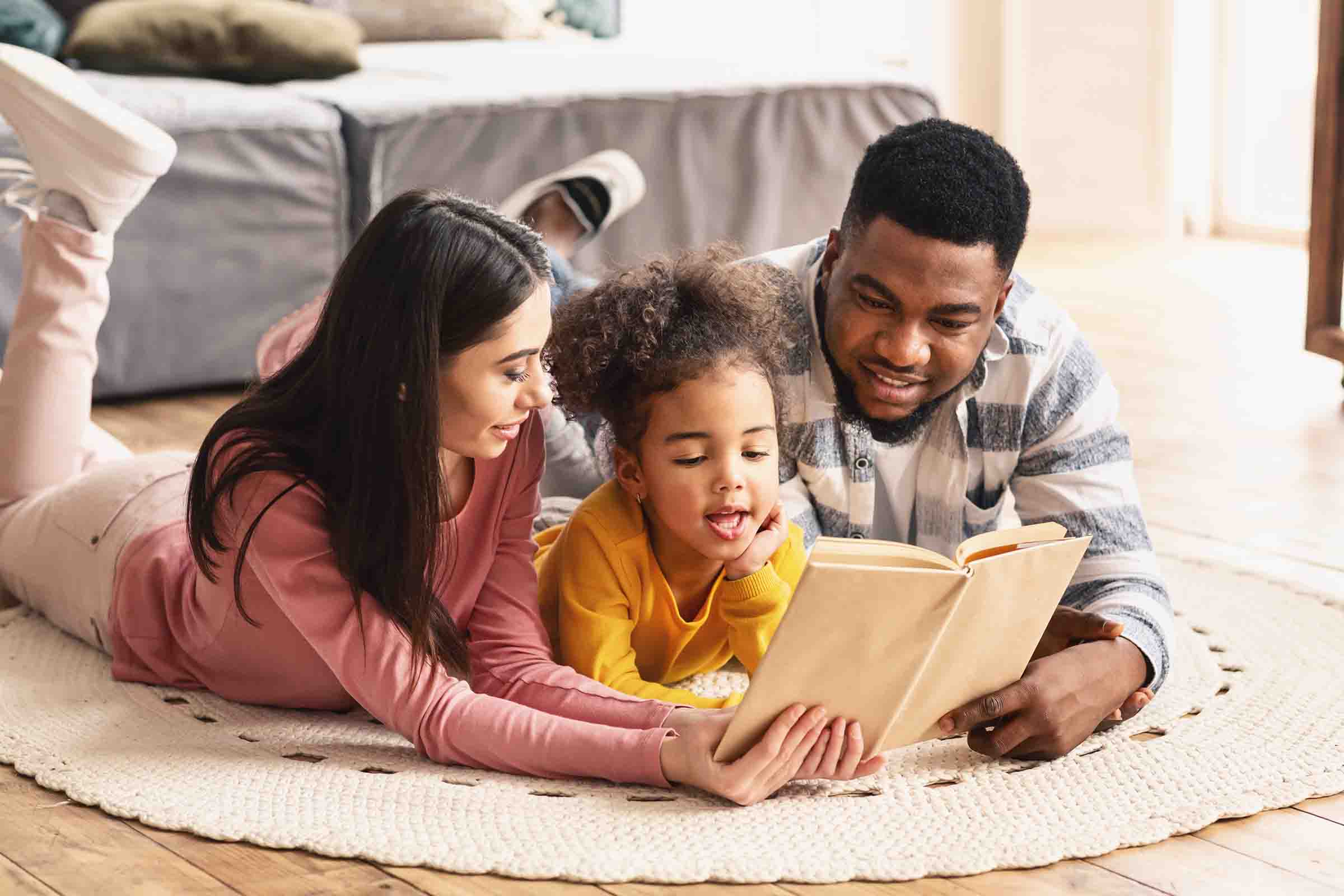
Three Perspectives of Hispanic Retro-Acculturation (Part 1): Motherhood Inspires Re-acculturation
Filed Under: Generations, Hispanic / Latino, Multicultural
Cynthia Nuñez Schaffer
Associate Director, Quantitative Research
What is Acculturation?
According to Merriam-Webster, acculturation is a cultural modification of an individual, group, or people by adapting to or borrowing traits from another culture; also the process by which a human being acquires the culture of a particular society from infancy.
In this three-part blog in our Hispanic retro-acculturation series, you’ll read the perspectives of three of our Multicultural thought leaders from our CultureBeat division about generational acculturation and how it has impacted their lives. In this first blog, Cynthia Nuñez Schaffer, a senior research analyst, will delve into how motherhood inspired her to immerse her bi-cultural daughter into both sides of her heritage.

cculturation is a spectrum that, as a second-generation American, I’ve naturally navigated throughout different stages of my life. Growing up, I lived an unacculturated lifestyle as my parents immersed me in their Mexican culture through language, food, traditions, and family – all found in our predominately Mexican Southern California area. The immersion was so deep that my first language was exclusively Spanish since the circumstances never presented a need to learn English.
With each passing school year, there was a gradual shift to becoming more bicultural the closer I got to my teenage years. By this point, our family had moved to the suburbs of Chicago, and I attended a high school that was predominantly Caucasian. Like any typical teenager, I wanted to fit in with my peers and share common interests that included American pop culture – while at home, I ate home-cooked Mexican meals, watched telenovelas, and listened to musica Norteña with my family.
By the time I reached college, the pendulum had swung to the other end of the spectrum, and my lifestyle had become more acculturated. No longer living at home and having to move seamlessly between my home life and school life, I was completely immersed in American culture. It wasn’t until I met my husband that I felt a need to go back to my roots. As the relationship progressed and we grew to know each other more deeply, I wanted to teach him more about my heritage and language. Exposing him made me appreciate my background even more.
Currently, I’m nestled comfortably between being acculturated and bicultural – but as a new mother to a bi-racial daughter, the urge to live an unacculturated lifestyle grows stronger. My hope is to immerse my daughter in our culture the same way my parents did me but include bicultural identity integration. She’s lucky in that she will learn about her Mexican culture from her mother’s side and her African American culture as well from her father’s side. I can’t wait to witness her bicultural identity journey as she gets older and how she will navigate her two worlds.
Next week, tune in to read the second perspective on retro-acculturation. You’ll read how a mother watches her teenage son make the transition from self-identifying as American to eagerly wanting to learn more about his Hispanic heritage.
explore featured
Case studies

